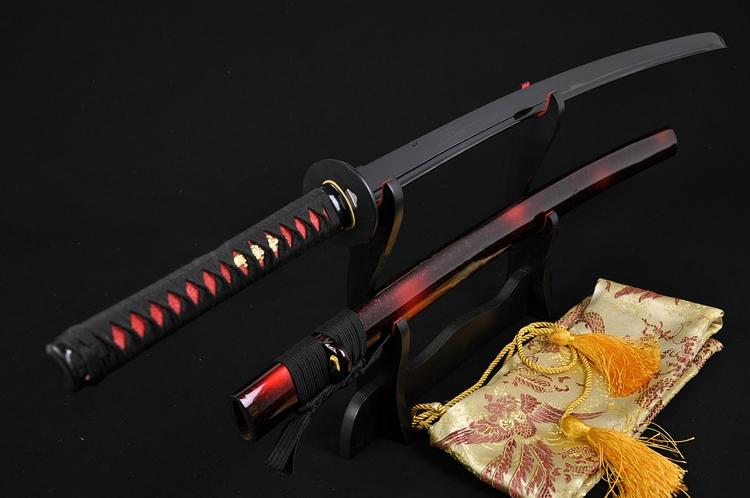Katana swords, revered for their unparalleled craftsmanship and historical significance, stand as icons of Japanese culture and martial prowess. With a lineage spanning centuries, these masterpieces of metallurgy have captured the imaginations of warriors and historians alike. The katana’s legacy embodies a blend of artistry, functionality, and spiritual significance, making it more than just a weapon—it’s a symbol of honor and tradition.
Forged in Tradition
The process of crafting a katana is a meticulous art passed down through generations of skilled swordsmiths. It begins with the careful selection of raw materials, often high-carbon steel, which is then heated, folded, and hammered repeatedly to remove impurities and create a blade of exceptional strength and sharpness. The crafting of a katana demands not only technical expertise but also a deep understanding of traditional Japanese metallurgy and spiritual principles. Each step of the process is imbued with ritual and reverence, resulting in a blade that is as much a work of art as it is a formidable weapon.
The Soul of the Samurai
For the samurai, the katana was more than just a tool for combat—it was an extension of their soul. With its curved blade and razor-sharp edge, the katana became synonymous with the code of bushido, the way of the warrior. Samurai warriors trained rigorously in the art of swordsmanship, honing their skills to perfection and embracing the katana as a symbol of their dedication to duty, loyalty, and honor. In battle, the katana was wielded with precision and discipline, reflecting the indomitable spirit of its wielder.
A Testament to Precision
Beyond its symbolic significance, the katana is renowned for its exceptional cutting ability and balance. The careful curvature of the blade, known as the “sori,” enables swift and precise strikes, while the distinctive hamon line, created during the tempering process, enhances both strength and aesthetic appeal. The katana’s hilt, or “tsuka,” is meticulously crafted to fit the hand comfortably, allowing for fluid and controlled movements in combat. Every aspect of the katana’s design is a testament to the skill and ingenuity of its creators, ensuring its status as one of the most formidable weapons ever devised.
Enduring Legacy
Despite the evolution of warfare and the passage of time, the katana continues to hold a special place in Japanese culture and beyond. Its timeless elegance and unparalleled craftsmanship have inspired countless artisans, martial artists, and enthusiasts around the world. Today, the tradition of katana craftsmanship lives on, with modern swordsmiths paying homage to ancient techniques while incorporating contemporary innovations. Whether displayed as a work of art, wielded in martial arts practice, or treasured as a symbol of heritage, the katana remains a potent symbol of resilience, honor, and the enduring spirit of the samurai.
In conclusion, the katana sword stands as a testament to the ingenuity, skill, and spirit of its creators. From its origins in ancient Japan to its enduring legacy in the modern world, the katana continues to captivate and inspire all who encounter it. As we marvel at its exquisite craftsmanship and reflect on its storied history, we are reminded of the timeless values of honor, discipline, and courage that it represents. Truly, the katana is more than just a weapon—it is a masterpiece of artistry and a symbol of the indomitable human spirit.



